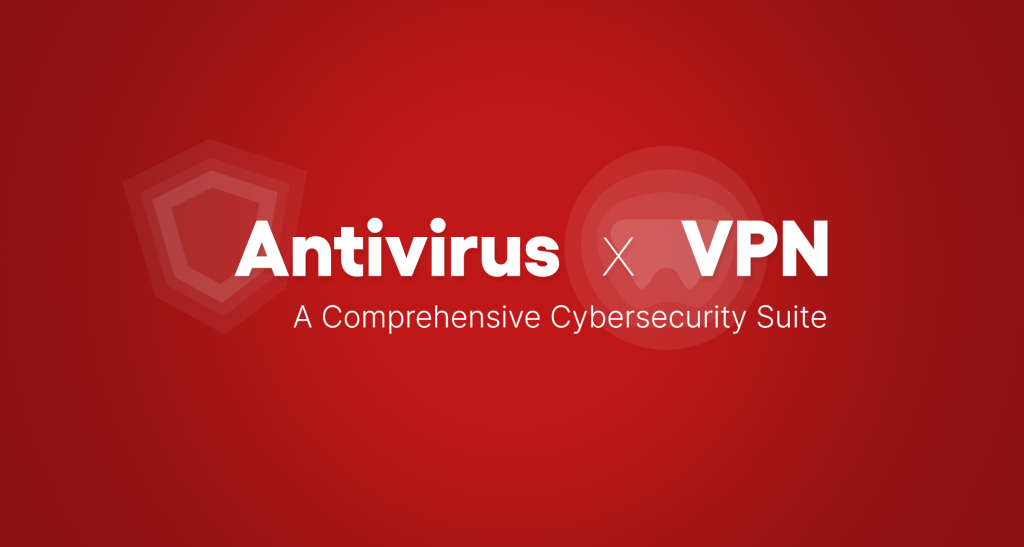- MSPs are evolving into full-stack security partners focused on prevention, not response.
- The future stack includes VPN, password management, threat detection, endpoint resilience, and compliance visibility.
- White-label solutions allow MSPs to launch branded services without new infrastructure.
- Tiered pricing models connect protection value to predictable recurring revenue.
- PureVPN’s White Label platform enables MSPs to deliver enterprise-grade privacy and identity protection under their own brand.
Security is no longer a product line for Managed Service Providers (MSPs). It defines their credibility. Clients now judge MSPs by their ability to prevent attacks, not just respond to them. This shift has created what many analysts call the MSP future security wave where network privacy, access management, and compliance merge into one unified service.
Across recent MSP future security news, providers are rebuilding their business models around trust and resilience. The MSP of the past sold licenses; the MSP of tomorrow sells peace of mind. Every solution, from VPNs to password managers, now forms part of an integrated strategy to protect users, devices, and data.
Why the Future of MSP Security Is Different?
The managed services market has matured. Nearly every MSP offers antivirus, patching, and backup tools, but clients still leave after breaches. The difference now lies in ownership of the entire security journey.
Modern MSPs are expected to protect, monitor, and prove compliance at the same time. The next phase of MSP future security focuses on five connected layers:

- Private network access through secure VPN frameworks.
- Identity management via password vaults and multi-factor authentication.
- Threat detection and automated response powered by AI analytics.
- Endpoint protection that closes vulnerabilities faster.
- Compliance and reporting that demonstrate measurable defense.
These layers define what many describe as the MSP future security map, a framework that turns protection into a repeatable, data-backed service.
Layer 1: VPN as the Foundation of Client Trust
Every security stack begins with private connectivity. VPNs are now standard in MSP portfolios because they secure traffic between users and cloud systems without slowing performance.
For years, VPNs were sold as optional add-ons. Now they are a baseline requirement. MSPs that deliver encrypted tunnels, Zero Trust segmentation, and region-based routing give clients confidence that every session is verified and secure.
White-label VPN programs make this easier. They remove the cost of development while allowing MSPs to sell fully branded secure access tools. Providers like PureVPN help MSPs launch these offerings within weeks, with multi-tenant control and built-in analytics that show which clients are protected and when.
The result is both operational efficiency and recurring revenue. Clients see visible privacy benefits, and MSPs gain a stable monthly income stream that scales without extra staff.
Layer 2: Password Management and Identity Control
If VPNs protect data in transit, password management protects the identities behind it. Weak or reused credentials remain the biggest cause of breaches. A strong identity layer is no longer optional.
MSPs are now bundling password managers with their VPN and endpoint services. These vaults store credentials securely, enforce complexity rules, and automate rotation for shared accounts. By managing this process centrally, MSPs reduce risk for every client login from office tools to finance portals.
Take Control of Your Password Security
Using strong, unique passwords for every account is essential. A password manager makes it effortless to generate, store, and autofill complex passwords—keeping you safe from breaches.
White-label password managers also align perfectly with the managed model. They let MSPs offer enterprise-grade identity protection under their own brand, creating an ecosystem where privacy, access, and compliance work together.
For small and mid-size businesses, a VPN and password manager bundle covers 70% of daily security exposure with minimal friction. This combination forms the foundation of the modern MSP future security stack.
Layer 3: Threat Detection and Response Powered by AI
Attack volume continues to rise faster than human teams can respond. To stay ahead, MSPs are turning to AI-driven detection and response systems. These tools learn normal behavior across networks, flag anomalies, and trigger early alerts before damage spreads.
For many MSPs, managing a 24/7 SOC internally is unrealistic. That’s where white-label security operations services come in. These allow MSPs to offer constant monitoring, incident triage, and response automation without hiring additional analysts.
By combining human expertise with AI-driven alerts, MSPs deliver the value clients want proactive prevention instead of reactive cleanup. This layer of the MSP future security map ensures that every event, from phishing attempts to malware activity, is tracked and resolved under a unified console.
Layer 4: Endpoint Security and Patch Intelligence
Remote work has expanded the attack surface. Every laptop, tablet, and IoT device connected to a network represents a potential entry point. Future-ready MSPs manage these devices through unified endpoint systems that blend antivirus, patch automation, and behavioral monitoring.
Automated patching closes known vulnerabilities within hours instead of weeks, reducing risk windows and compliance penalties. Reports show that companies using automated patch management cut exposure by nearly 80%.
Integrating this data into centralized dashboards helps MSPs measure which endpoints remain exposed and how their performance affects SLA compliance. It’s not just about preventing attacks; it’s about maintaining transparency and measurable uptime.
Layer 5: Compliance, Audit, and Accountability
Security is now judged not only by how well a provider prevents breaches but also by how clearly they can prove compliance. Frameworks such as GDPR, HIPAA, and NIS2 require continuous monitoring, not annual checklists.
MSPs that deliver real-time compliance dashboards give clients immediate visibility into their protection status. These reports display metrics like encryption use, user access logs, and incident resolution timelines.
For clients, this visibility builds trust. For MSPs, it turns regulatory compliance into a selling point. The future of managed services is one where compliance data becomes part of every renewal conversation.
MSP Monetization Models for Security in 2025
Security is no longer a cost center; it’s a growth engine. Successful MSPs have shifted pricing from device-based to value-based models that connect directly to measurable protection outcomes.
Most use tiered security packages such as:

- Essential: VPN and password management for small businesses.
- Advanced: Adds endpoint monitoring, threat detection, and compliance reports.
- Enterprise: Includes SOC-as-a-Service, advanced analytics, and 24/7 coverage.
This model helps MSPs maximize MRR by aligning price with perceived value. Clients understand what they are paying for, and providers build predictable recurring income without increasing overhead.
Strategic Opportunities in MSP Security
The MSP future security landscape is opening new revenue opportunities across several fronts:

- AI and automation integration: Machine-learning systems are reducing human error and improving response accuracy.
- Cyber-insurance alignment: Businesses now seek MSPs that help them qualify for coverage through stronger controls.
- White-label cybersecurity partnerships: By partnering with vendors like PureVPN, MSPs expand their service catalog instantly.
- Data sovereignty and privacy compliance: Demand for localized data handling is driving region-specific VPN deployments.
These shifts mark a clear transition from tool reselling to strategic cybersecurity consulting. MSPs are no longer intermediaries between vendors and clients. They are partners in resilience.
Challenges MSPs Must Overcome
While opportunity is growing, execution remains difficult. Many MSPs still face:

- Tool sprawl from managing overlapping vendor systems.
- Talent shortages that limit response speed.
- Client education gaps about shared responsibility.
Addressing these requires consolidation and training. Security success depends on standardizing workflows, integrating APIs between systems, and helping clients understand their role in maintaining hygiene. The MSPs that master communication and visibility will outpace those that simply deploy software.

A Comprehensive Cybersecurity Suite: Antivirus × PureWL VPN
By integrating PureWL’s VPN APIs & SDKs alongside an existing antivirus engine, the team shipped a unified security app with secure tunneling, encrypted sessions, and simple account provisioning—without adding infra load. Results: faster launch, reduced churn, and measurable subscription uplift.
Read the Case Study →Partnering with PureVPN White Label
PureVPN’s White Label Program helps MSPs add high-value cybersecurity products to their portfolio without new infrastructure. The platform supports multi-tenant management, branded dashboards, and integration with existing billing systems.
By offering VPN and password-management services under their own name, MSPs strengthen client relationships while generating sustainable recurring revenue. It’s a direct way to move from product resale to full-service cybersecurity delivery.
This model fits the broader MSP future security direction, simplicity, visibility, and long-term trust built through integrated tools.
Conclusion
The next generation of MSPs will not compete on response times or device counts but on how secure their clients feel.
VPNs, password managers, and SOC services are no longer add-ons; they are the spine of a resilient business model.
The MSP future security roadmap is clear: unify network privacy, strengthen identity management, automate threat response, and document compliance in real time. MSPs that adopt this layered strategy will convert protection into growth and trust into retention.
For providers ready to evolve, PureVPN White Label offers the foundation to build that stack today.


